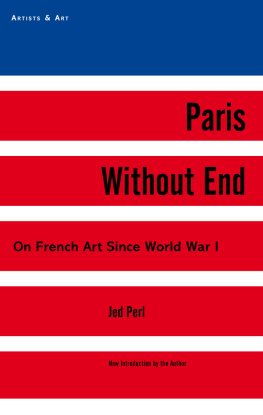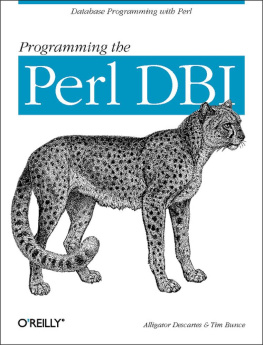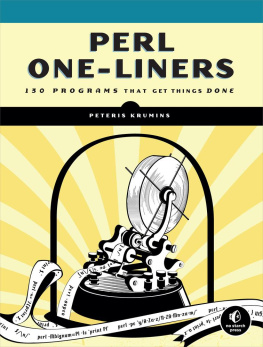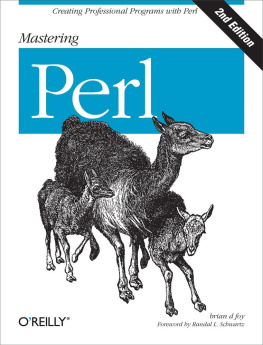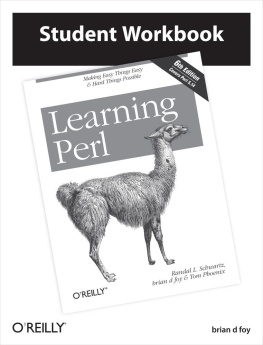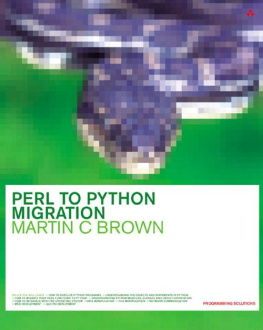Acclaim for Jed Perls
NEW ART CITY
A New York Sun and Christian Science Monitor Book of the Year
There is no account of twentieth-century art in that fabled powerhouse of culture, New York, that comes anywhere near this astonishing book. Perl has seen and digested everything: New Art City is the deep creative work of a decade and more; it is the story that all of us (both in the art world and out of it) have been hoping forpersonal but authoritative, witty, written straight on without a syllable of the vile jargon of academe.
Robert Hughes
Endlessly wonderful. I was amazed at how engaging this story becomes in the hands of a brilliant critic. Jed Perl has given us a new standard book in the art-historical field.
Tom Freudenheim, The New York Sun
This great bear hug of a book never loses control of its dazzling account of the persons and places, the events and ideas that fused into the New York School. Vasari and Apollinaire would have welcomed New Art City.
Roger Shattuck
Perl matches the furor of sixties-era critics with his own invective. His passion is refreshing in an era that venerates every major twentieth-century movement without discrimination.
Forbes
Vivid. As much a loving portrait of Manhattan at perhaps the peak of its livability and optimism as one of the dramatic personae of the New York art scene at mid-century.
The Washington Times
A quirky and brilliant panorama of the triumphant Manhattan art scene in the middle of the last century.
The New Haven Advocate
Spectacular. New Art City is a celebration a dense and dizzying panorama of the New York art world in the years after World War II.
Newsday
A delicious Baedeker. A treasury of information about artists and their worlds.
Bookforum
Perl is a fiercely fluent word-spinner, and he comes laden with a staggering knowledge of American artists and their critics.
The New York Times Book Review
Jed Perls landmark history conjures the heady excitement of those decades, suggesting fresh insights into the work of legendary figures like Pollock and de Kooning, and uncovering a host of influential lesser-knowns whose bohemian fervor helped define the era.
Vogue
The full story of how New York found its place in the history of art has never before been told in such compelling detail.
John Ashbery
Engrossing. Perl presents a picture of a vivid, groundbreaking art scene as the Ab Ex painters (and those in theater and other disciplines) turned New York into the capital of culture. Rocky Mountain News About a moment when painters, sculptors, dancers, poets, and performance artists, Americans and migrs, converged on a city, and about the difference the city made to what they were able to imagine. [Perl] is in love with the moment, and he makes it glow.
The New Yorker

JED PERL
NEW ART CITY
Jed Perl was born in New York City in 1951. He received a BA from Columbia College and studied painting at the Skowhegan School in Maine. He was a contributing editor to Vogue in the 1980s and has been the art critic for The New Republic since 1994. Among his books are Paris Without End: On French Art Since World War I and Eyewitness: Reports from an Art World in Crisis. He lives in New York City with his wife, the painter Deborah Rosenthal.
ALSO BY JED PERL
Paris Without End
Gallery Going
Eyewitness
To
TERI PERL
MARTIN PERL
DEBORAH ROSENTHAL
NATHAN PERL-ROSENTHAL
LEON WIESELTIER
New York is your birthright
Gray-suited Dawn O day
of many voices, matrix
of moments, speak
to and bring this thing I seek
P AUL G OODMAN , T O D AWN
it is not the plunder,
but accessibility to experience.
M ARIANNE M OORE ,N EW Y ORK
CONTENTS
4.
7.
10.
14.
16.
THE PAINTER AND THE CITY
I
Mitcha, why arent you home painting? This was what Hans Hofmann said to Joan Mitchell when he saw her out walking her dog early one morning in the paint-happy 1950s. Hofmann was in his seventies and Mitchell was turning thirty. She had studied with him briefly, in the school he had run in Manhattan since 1933. And like so many other artists of her day, she had felt the casually messianic impact of this man who was thickly built, with a large, powerful head and an orators way of using his arms and hands to underscore a dramatic point. In the 1950s Hofmann and his wife, Miz, were living in a fifth-floor walk-up on Fourteenth Street, not far from his school, which was on Eighth Street, and Mitchell worked in several studios in the neighborhood. Hofmann and Mitchell would run into each other in Washington Square Park, that patch of green dominated by the famous triumphal arch, and all around them was Greenwich Village, with its extraordinary cache of nineteenth-century domestic architecture and its occasional modern storefronts and its faded fascination. The Washington Square of Henry Jamess story, with its Old New York gentility, had vanished long ago. For half a century the neighborhood had been home to bohemians who placed their hopes in socialism or in art-for-arts-sake, and by now the artists and writers sometimes seemed to be outnumbered by the tourists in search of a glimpse of the vie de bohme. All of this was an amazingly comfortable backdrop for Hofmann and Mitchell and their friends, who walked along those familiar Village streets, immersed in their own glorious reimaginings of art and life and New York City, secure in the knowledge that they would make everything new.
Hofmann, a painter and teacher who laid out the principles of modern art in a sometimes nearly impenetrable German accent, could have been Mitchells grandfather. He could have been a father to Willem de Kooning and Jackson Pollock, artists who had already racked up achievements that left
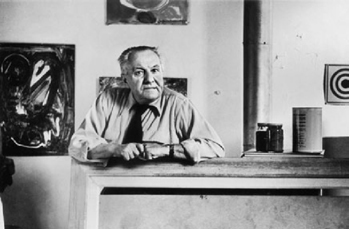
Hans Hofmann in his Ninth Street studio, circa 1950.
The Byzantine city was a trading city, a place of exchanges, of cross-fertilizations.

Students from the Hofmann School in Washington Square Park, 1948-49. Seated in the foreground are Jane Freilicher (left) and Nell Blaine (right).
Many of the artists Passlof was talking about had studied with Hofmann, and most of those artists would have agreed that what Hofmann, a tough-minded visionary, brought to New York were the secrets of modern art, of an art that exulted in essences and that sometimes seemed to have changed everything about art and that was now as old as Hofmann himself. He had been born a year before Pablo Picasso and two years before Georges Braque, both of whom hed known in Paris at the beginning of the century. Hofmann grew up in Munich, where his father was a minor government official. In the decade leading up to World War I, he had lived the artists life in Paris, where he had been close to Robert Delaunay, one of the pioneers of abstract painting, and had drawn beside Matisse at a legendary school, La Grande-Chaumire. World War I forced Hofmann back to Munich. It was there, in 1915, that he had opened his first school and taught until the beginning of the 1930s, when, in response to the worsening political situation, he began to accept teaching offers in the United States, some of them from Americans who had earlier traveled to Germany to study with him.


